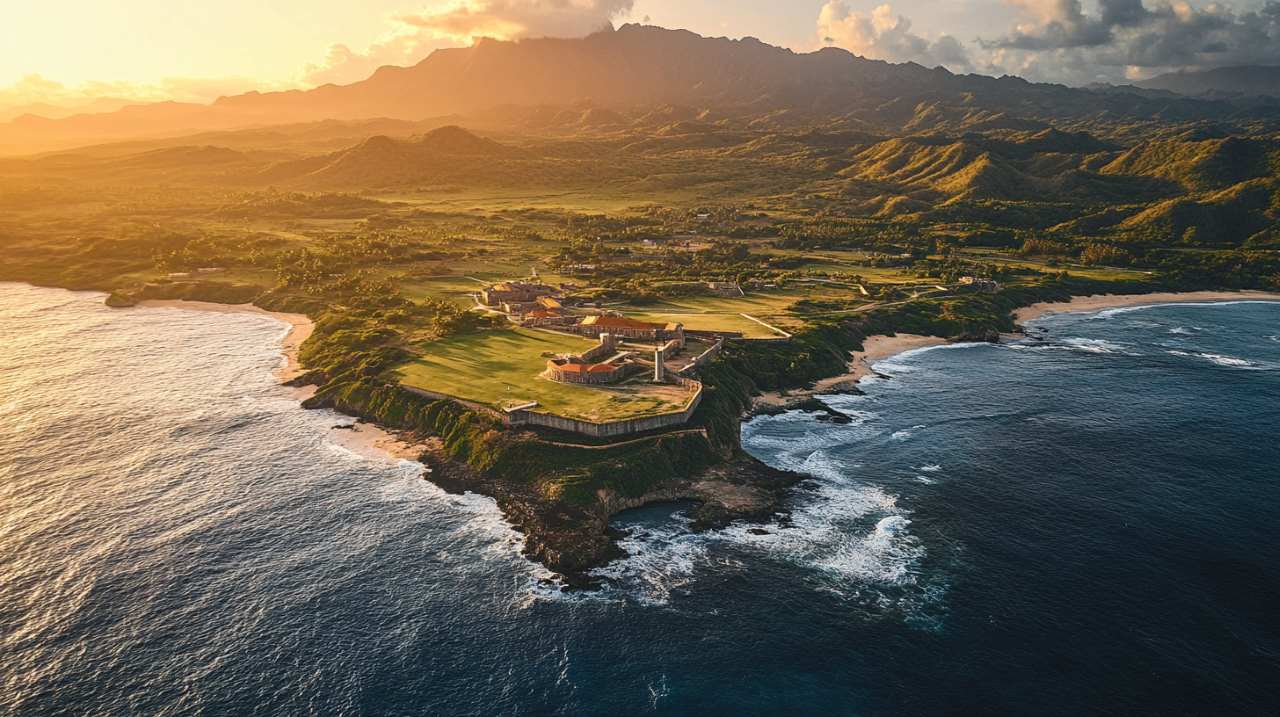
In a move that has already ignited fierce debate across the political spectrum, President Donald Trump announced today that his administration will open a new detention facility at Guantánamo Bay, Cuba, to house up to 30,000 undocumented immigrants.
The announcement, made during the signing ceremony for the Laken Riley Act, marks a dramatic escalation in Trump’s immigration enforcement strategy and raises profound questions about the intersection of national security, human rights, and immigration policy.
Guantánamo Bay, long synonymous with the U.S. War on Terror, is now being repurposed for what Trump has described as the “worst criminal illegal aliens threatening the American people.” The facility, which has historically housed terrorism suspects, will now serve as a detention center for migrants who, according to the administration, cannot be deported to their home countries due to safety concerns or lack of cooperation from foreign governments.
The Laken Riley Act: A Catalyst for Controversy
The announcement coincided with the signing of the Laken Riley Act, named after a Georgia nursing student who was tragically killed in 2024 by an undocumented Venezuelan immigrant. The law mandates the detention of undocumented individuals accused of crimes such as theft and violent offenses, even before conviction. Trump hailed the legislation as a “landmark law” that would “save countless lives,” but critics argue it could lead to mass detentions and potential violations of due process.
The act has already drawn sharp criticism from immigrant rights groups and legal experts, who warn that it could disproportionately target noncitizens for minor offenses and exacerbate the already strained immigration detention system. Naureen Shah of the American Civil Liberties Union described the law as a “pretext to fortify a mass deportation system,” while others have raised concerns about the potential for human rights abuses at Guantánamo Bay.
Why Guantánamo?
The decision to use Guantánamo Bay for immigration detention is unprecedented and deeply symbolic. The facility, often referred to as “Gitmo,” has been a focal point of international criticism for its use of indefinite detention and allegations of human rights abuses. Former President Barack Obama sought to close the facility, citing its moral and legal implications, but congressional opposition thwarted those efforts. Now, Trump is not only keeping it open but expanding its use in a way that reframes immigration enforcement as a national security issue.
“Guantánamo is a tough place to get out of,” Trump said during the signing ceremony, adding that the facility’s existing infrastructure would allow for a rapid expansion of detention capacity. Homeland Security Secretary Kristi Noem echoed this sentiment, stating that the administration would use “resources we currently have” to begin the initiative, while seeking additional funding through Congress.
The Broader Implications
Trump’s decision to repurpose Guantánamo Bay for immigration detention is part of a broader strategy to deliver on his promise of the “largest deportation effort in U.S. history.” The administration has already reinstated policies aimed at expediting deportations, restricting asylum claims, and cracking down on sanctuary cities. The use of Guantánamo Bay signals a shift toward more aggressive and militarized immigration enforcement, a move that is likely to face significant legal and political challenges.
Civil rights groups have indicated they may challenge both the Laken Riley Act and the use of Guantánamo Bay in court, arguing that these measures could lead to unlawful detentions and violations of constitutional rights. Meanwhile, the logistics of housing up to 30,000 migrants at a naval base in Cuba will require significant resources and coordination, raising questions about the feasibility and cost of the plan.
A Nation Divided
The announcement has further polarized an already divided nation. Supporters of the move argue that it is a necessary step to protect American citizens and enforce immigration laws. “We’re finally taking action to address the crisis at our borders,” said Tom Homan, the administration’s border czar. “Guantánamo will house the worst of the worst.”
Opponents, however, see the move as a dangerous overreach that conflates immigration with criminality and undermines America’s commitment to human rights. “This is not about safety or security,” said Hannah Flamm of the International Refugee Assistance Project. “It’s about using fear and tragedy to justify policies that dehumanize and detain vulnerable populations.”
The Road Ahead
As the Trump administration moves forward with its plans, the political and legal battles are just beginning. The use of Guantánamo Bay for immigration detention is likely to become a flashpoint in the broader debate over immigration policy, testing the limits of executive power and the nation’s commitment to justice and human rights.
For now, the world watches as the United States embarks on a new chapter in its long and contentious history with immigration. Whether this chapter will be remembered as a bold step toward security or a dark stain on the nation’s conscience remains to be seen.
